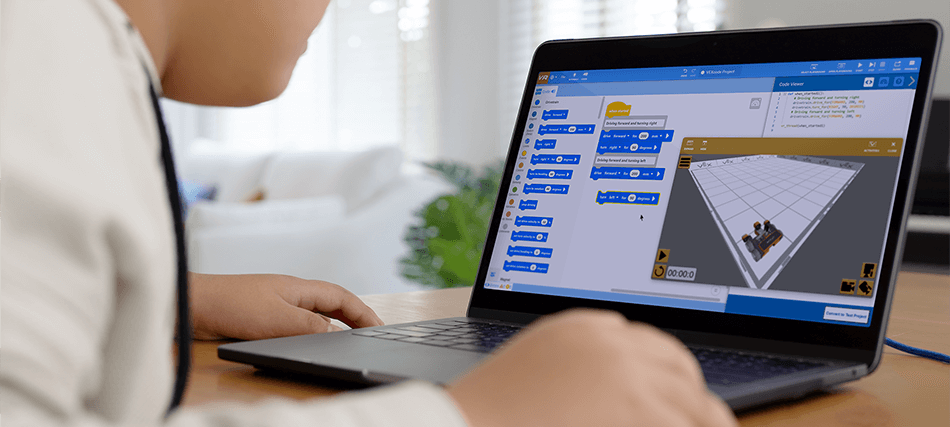Skip to Main Content

HTTP/1.0 302 Found
Cache-Control: no-cache, private
Content-Type: text/html; charset=utf-8
Date: Thu, 25 Dec 2025 02:35:12 GMT
Location: /node/11372
Redirecting to /node/11372
Redirecting to /node/11372.
